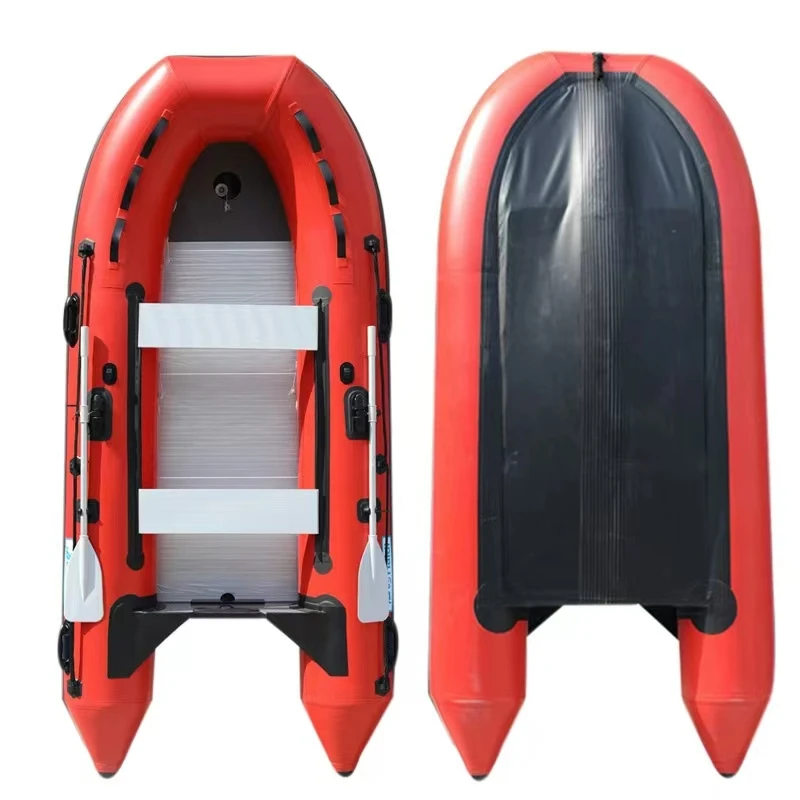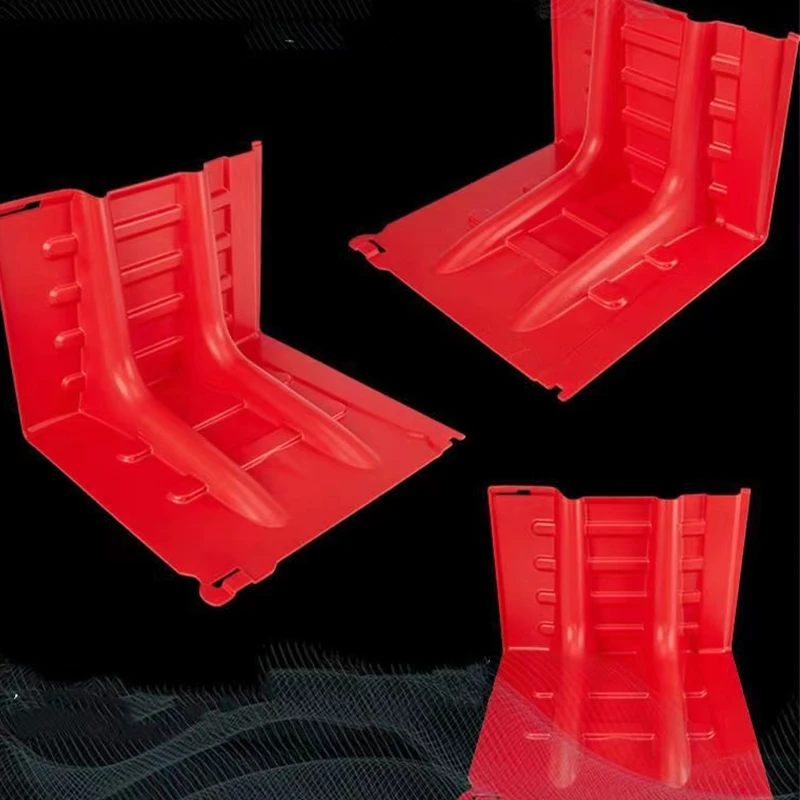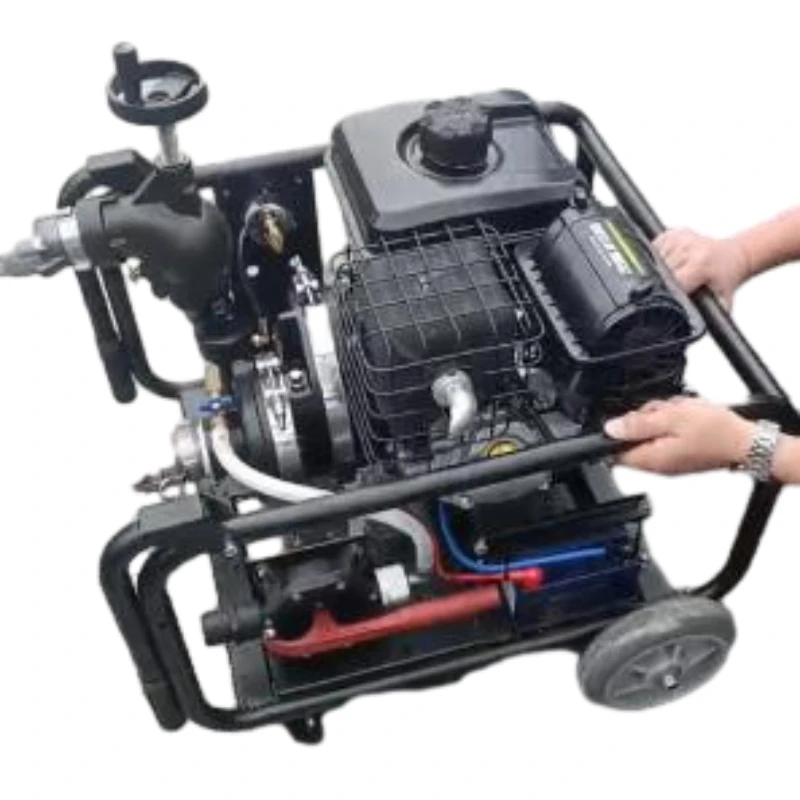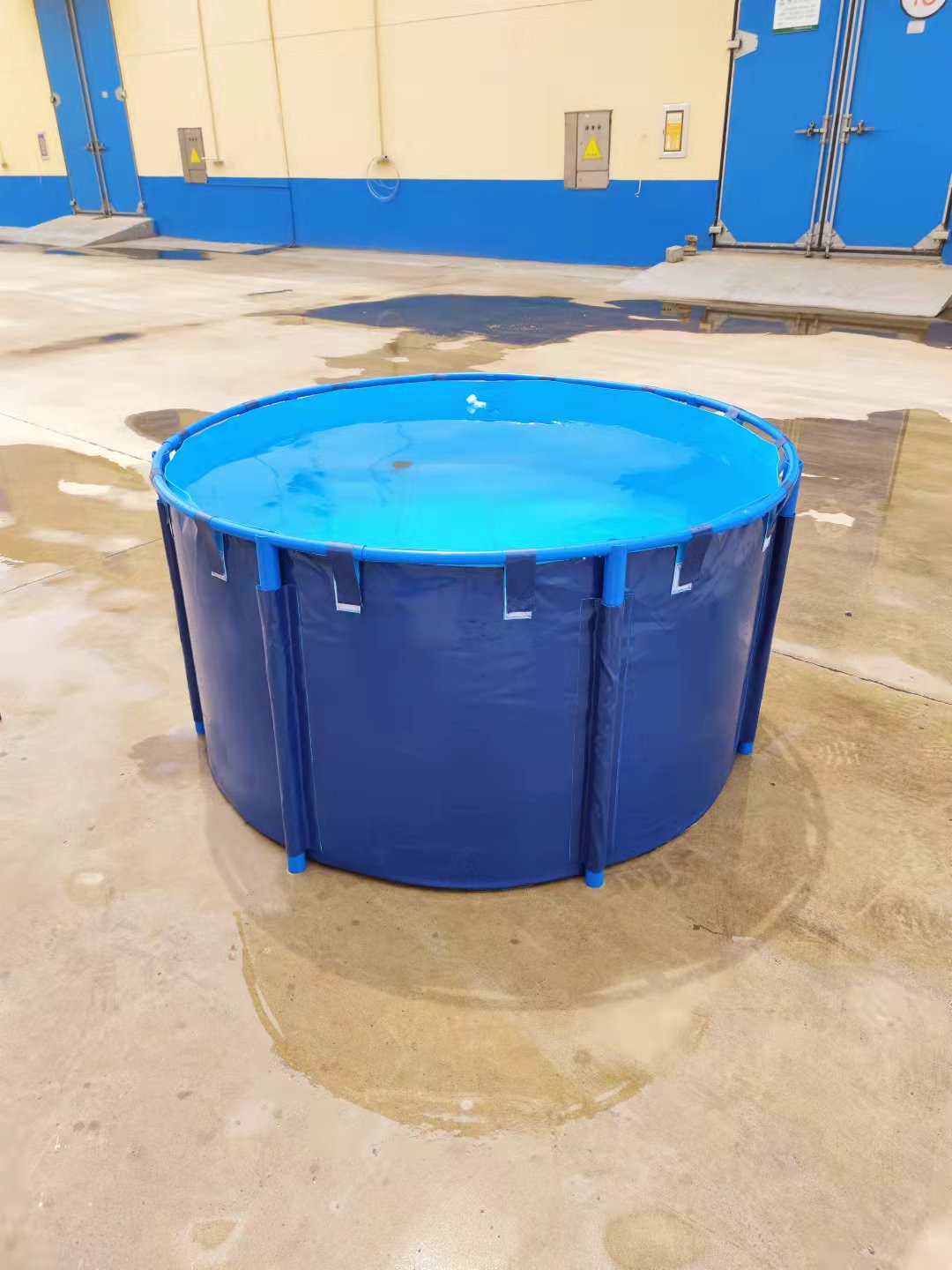Lightweight Portable Pumps: Why They Matter More Than Ever
When you think of water pumps, do you imagine a bulky, heavy device chained to one spot? It’s easy to picture something stationary, massive, and only for industrial use. But lightweight portable pumps challenge that image completely. These are nimble, reliable, and designed for rapid deployment anywhere in the world—a true game-changer in industries from firefighting to disaster relief.
Globally, access to flexible pumping solutions can be the difference between restored water supply and prolonged crisis. Whether it’s flushing out flooded streets or delivering potable water in remote settings, these pumps tackle challenges that heavier equipment simply can't handle. Understanding their features and real-world impact opens a window to how industries innovate for speed, safety, and sustainability.
The Global Need for Lightweight Portable Pumps
Imagine a sudden flood in a remote village or a wildfire raging through dry forests—time is critical, and so is equipment transportability. According to the United Nations Office for Disaster Risk Reduction, flooding affected over 90 million people worldwide in 2021 alone. Lightweight portable pumps have risen as frontline heroes in such crises, enabling fast water removal or transfer without the weight and complexity of traditional systems.
Industrial sectors like mining, agriculture, and construction also rely on these pumps where cumbersome machines could cause delays or be outright impractical. It's all about adaptability—the lighter you can go without sacrificing power and durability, the better the response and operational capability.
What Exactly Is a Lightweight Portable Pump?
Simply put, a lightweight portable pump is a compact, easy-to-carry device designed to move fluids quickly and efficiently. Unlike fixed or heavy pumps, these are built for mobility and setup speed, often weighing under 30 kilograms and fitted with ergonomic handles or mounts.
While they come in various types—centrifugal, diaphragm, and submersible being common—each targets specific pumping needs, from clear water transfer to handling slurries or chemical fluids. The lightweight form factor is essential, especially in humanitarian or emergency contexts where getting heavy equipment into hard-to-reach places is a logistical nightmare.
Core Components That Make These Pumps Tick
1. Durability
Despite being light, these pumps often handle harsh environments, from dusty deserts to storm-swept flood zones. Manufacturers use corrosion-resistant materials like anodized aluminum or reinforced plastics that withstand rough handling and exposure.
2. Power-to-Weight Ratio
This isn’t just about being light—it’s making sure that every kilogram counts. Many engineers say the magic is in optimizing engine or motor efficiency to deliver strong flow rates without the extra baggage.
3. Ease of Use
Fast setup means fewer tools, intuitive controls, and quick connects or clamps on the hoses. Think firefighters grabbing their pumps and getting water flowing within minutes—that kind of user-friendliness is crucial.
4. Scalability and Versatility
From small garden irrigation to emergency water supply for entire camps, these pumps can be paired or adjusted based on need. Some models include modular features to enhance performance or add filtration.
5. Cost Efficiency
Not just the upfront price, but also maintenance expenses matter. Lightweight pumps typically have fewer complex parts, making repairs straightforward, especially where professional servicing may be delayed.
Mini takeaway: These pumps balance toughness and agility, proving that portability needn’t compromise reliability.
Real-World Use Cases: Where Lightweight Portable Pumps Shine
- Disaster Relief: Post-earthquake zones use pumps to dewater flooded areas, restoring access quickly.
- Firefighting: Remote wildfires call for pumps easy to sling over shoulders and connect on uneven terrain.
- Agriculture: Irrigation in arid regions benefits from lightweight devices moved easily from field to field.
- Industrial Maintenance: Construction sites employ these pumps to clear trenches or transfer liquids without heavy crane setups.
For instance, during the 2022 floods along the Mekong River, lightweight pumps were critical for local teams who had limited transport options but needed robust water removal solutions urgently.
Advantages Beyond the Obvious
It's tempting to focus on specs, but the value goes deeper:
- Sustainability: Many models now use fuel-efficient or electric motors, cutting down emissions in sensitive environments.
- Safety and Dignity: Reliable water handling safeguards public health and supports communities recovering from crisis.
- Innovation: Digital monitoring features on some pumps help operators optimize pressure and flow remotely.
Fundamentally, owning a lightweight portable pump means trust—knowing you have the tools to adapt when conditions shift unexpectedly.
Upcoming Trends in Portable Pump Technology
Several exciting trends are shaping the future: green energy integration is big—solar-powered pumps and battery longevity improvements make devices even more autonomous. There's also a push toward IoT connectivity, letting operators track pump status or anticipate maintenance needs remotely.
Innovations in materials—like carbon fiber composites—promise even lighter yet stronger frames. Standards organizations like ISO are also weighing in with safety and performance certifications that could standardize quality globally.
Common Challenges & How the Industry Is Responding
Portable pumps aren’t perfect. Some face limitations with pumping highly viscous fluids or sustained heavy-duty operations without overheating. Battery life in electric variants can be another pinch point—though ongoing improvements are promising.
Experts encourage hybrid solutions—combining battery with fuel options or modular add-ons tailored to particular fluid types and scenario demands.
I suppose the takeaway is, no single pump fits all, but smart design choices keep narrowing those gaps.
Frequently Asked Questions About Lightweight Portable Pumps
- Q: How portable are these pumps in real terms?
- A: Most models weigh between 10 to 30 kilograms and include carrying handles or backpack mounts. That means a single person can transport and deploy the pump quickly in difficult terrain.
- Q: Can a lightweight portable pump handle saltwater or chemicals?
- A: Some pumps are specially designed with corrosion-resistant materials to manage aggressive fluids safely. Always check manufacturer specs for compatibility with your liquids.
- Q: What maintenance is required for long-term use?
- A: Routine tasks include checking seals, hose connections, and lubricating moving parts. Because of simpler mechanics compared to heavy pumps, upkeep tends to be easier and faster.
- Q: Are electric-powered portable pumps practical for fieldwork?
- A: Absolutely, especially with advances in battery tech. They offer quieter operation and zero emissions, ideal for enclosed spaces or environmentally sensitive sites.
Comparing Vendors: What to Watch For
| Feature | Vendor A | Vendor B | Vendor C |
|---|---|---|---|
| Weight | 12 kg | 18 kg | 15 kg |
| Max Flow Rate | 250 L/min | 300 L/min | 270 L/min |
| Power Source | Gasoline | Electric (Battery) | Hybrid (Gas + Electric) |
| Corrosion Resistance | Standard | High-grade stainless steel | Plastic coated aluminum |
| Warranty | 2 years | 3 years | 2 years |
Typical Specifications of a Lightweight Portable Pump
| Specification | Value/Range |
|---|---|
| Weight | 10 - 25 kg |
| Max Flow Rate | 200 - 350 L/min |
| Power Options | Gasoline, Battery, Hybrid |
| Pump Type | Centrifugal, Diaphragm |
| Operating Temperature | -10°C to 50°C |
| Noise Level | 65 - 80 dB |
Final Thoughts: Is It Worth The Investment?
When you consider the unpredictable nature of emergencies or the shifting demands in industrial projects, the value of having a lightweight portable pump on hand becomes clear. The blend of mobility, efficiency, and durability means operators can trust these pumps not just as tools, but as partners in problem-solving.
I’d argue that as innovations continue and global crises call for smarter responses, portable pumping solutions will only become more essential. So, whether you're managing a remote farm or coordinating wildfire response, these pumps prove their worth time and again.
Ready to explore options? Visit our website https://www.ffwfiresafety.com to find lightweight portable pumps designed to fit your unique challenges.
References:





















